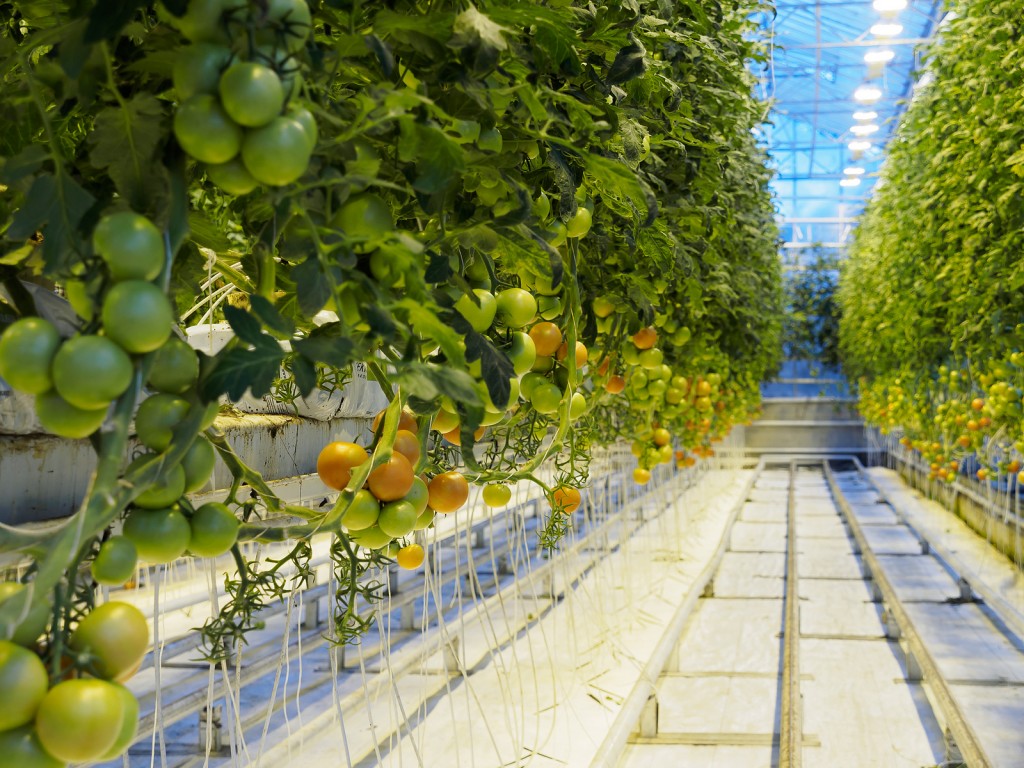Farming throughout the winter in geothermally heated greenhouses in Iceland
A recent article by the World Economic Forum highlights the great role geothermal energy plays in Iceland to provide fresh produce year round from vegetables produced in greenhouses heated and lighted by geothermal energy.
The World Economic Forum recently published a good article on the role of “volcanoes” as secret ingredients for Icelandic farmers.
Naturally we have before reported on the great tomato farming with a visit by Kim Kardashian (why oh why does this matter) and the “largest banana production North of the Alps“, but anything promoting the direct use of geothermal energy is good.
The article talks about a remote farm in the North of Iceland and how geothermal heat and light throughout the year as a key ingredient to producing fresh vegetables in the remoteness of the North Atlantic.
The area of Hveravellir near Husavik now features one of Iceland’s largest vegetable farms producing 500 tonnes of tomatoes, cucumbers and peppers a year. The naturally hot water is piped to the greenhouses heating them throughout the year. With cheaper and green electricity from geothermal, Icelandic farmers have started artificially lighting their farms about 20 years ago.
Source: WEF


















